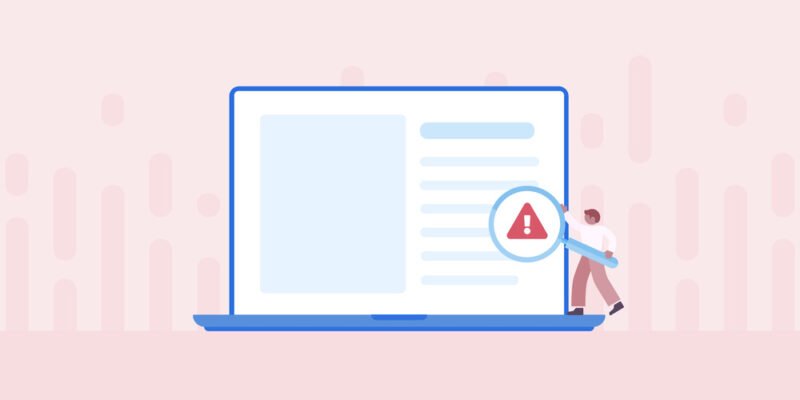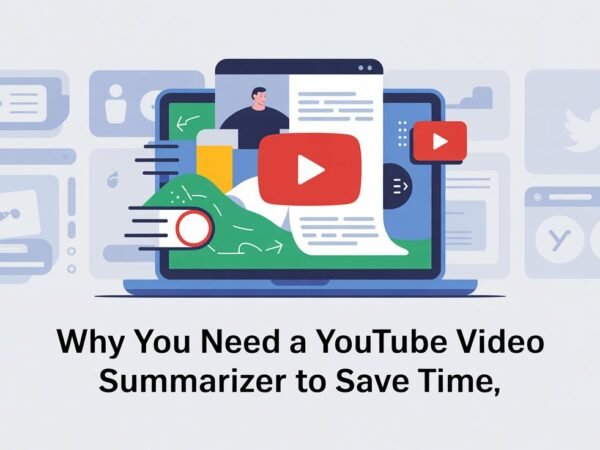In the fast-paced world of eCommerce, driving traffic to your online store is essential for success. However, even the most well-designed websites can struggle to attract visitors if they’re not correctly optimized for search engines. SEO (Search Engine Optimisation) plays a massive role in improving your visibility and ranking on Google, but many e-commerce stores make critical mistakes that can hurt their traffic. Let’s look at five standard eCommerce SEO mistakes you must avoid to ensure your store gets the attention it deserves.
Mistake #1: Ignoring Mobile Optimisation
In today’s digital landscape, more people shop on their phones than ever. Google has even prioritized mobile-first indexing, ranking mobile-friendly sites higher than those not optimized for mobile. If your eCommerce store needs to be mobile-friendly, you’re not just losing out on customers but also likely to see your search engine rankings drop.
How it affects SEO: If your site is slow to load or hard to navigate on a mobile device, visitors are likely to bounce off, which increases your bounce rate—a negative signal to search engines. Poor mobile design can also negatively impact your user experience, leading to lower conversion rates. If you don’t know what steps to take, contact an ecommerce SEO company in UK. This way, you can benefit from the skills and experience possessed by the team. They’ll be able to take your business to new heights and ensure you have high traffic numbers.
Mistake #2: Not Optimising Product Pages for SEO
Your product pages are the heart of your eCommerce site, and if they need to be correctly optimized, no matter how great your products are, they won’t appear in search results. Many store owners need to pay more attention to the importance of product page optimization, leading to missed opportunities for search traffic and conversions.
How it affects SEO: Poor product descriptions, missing alt text for images, and failure to use relevant keywords can all harm your SEO. With these elements, search engines can understand what your page is about, which can help your rankings.
Mistake #3: Using Duplicate Content
Duplicate content is a big no-no in the world of SEO. It confuses search engines by making it hard for them to decide which page is the original or most relevant, which could lead to lower rankings across your site.
How it affects SEO: If your product descriptions are identical to those on another website or use the same content across multiple category pages, Google might penalize your site for having duplicate content. This reduces your chances of ranking for relevant searches and can ultimately harm your overall SEO efforts.
Mistake #4: Not Focusing on User Experience (UX)
User experience is directly tied to SEO performance. A website that’s difficult to navigate, slow to load, or offers a frustrating checkout process will lead to higher bounce rates and lower engagement, negatively affecting your rankings. The goal is to ensure your visitors have a smooth, enjoyable experience, encouraging them to stay longer and complete their purchases.
How it affects SEO: Google considers factors like bounce rates, time on site, and page view signals of how users interact with your site. Visitors will leave quickly if your site is hard to use or navigate, which can hurt your SEO rankings.
Mistake #5: Neglecting Site Speed and Technical SEO
Site speed is a critical ranking factor for Google, and a slow website can seriously impact both user experience and your SEO efforts. Technical issues, like broken links, poorly structured URLs, or missing sitemaps, can make it difficult for search engines to crawl your site correctly, limiting its ability to rank effectively.
How it affects SEO: If your site takes too long to load, visitors will leave before they even get a chance to make a purchase. Similarly, technical problems like broken links or poor site structure can make it harder for search engines to index your pages, reducing your visibility in search results.
Conclusion
Avoiding these five standard eCommerce SEO mistakes is crucial for maximizing your site’s traffic and improving your rankings on search engines. From ensuring your site is mobile-optimized to paying attention to user experience and technical SEO, every little detail matters. Take the time to review your SEO strategy and make the necessary improvements, and you’ll be well on your way to driving more traffic and increasing sales.
Do Read: Financial Strategies for Scaling in Today’s Competitive Tech Market













